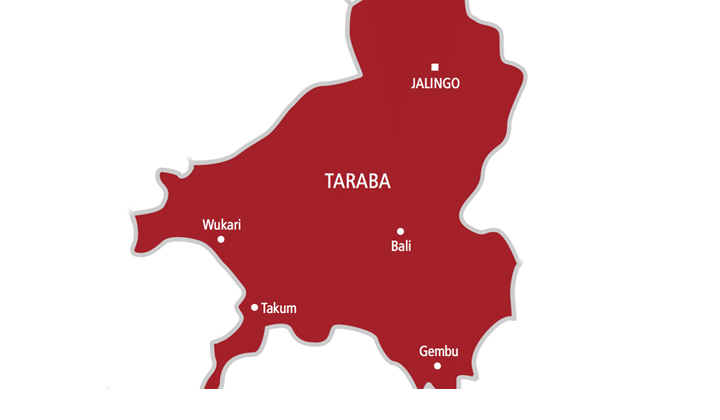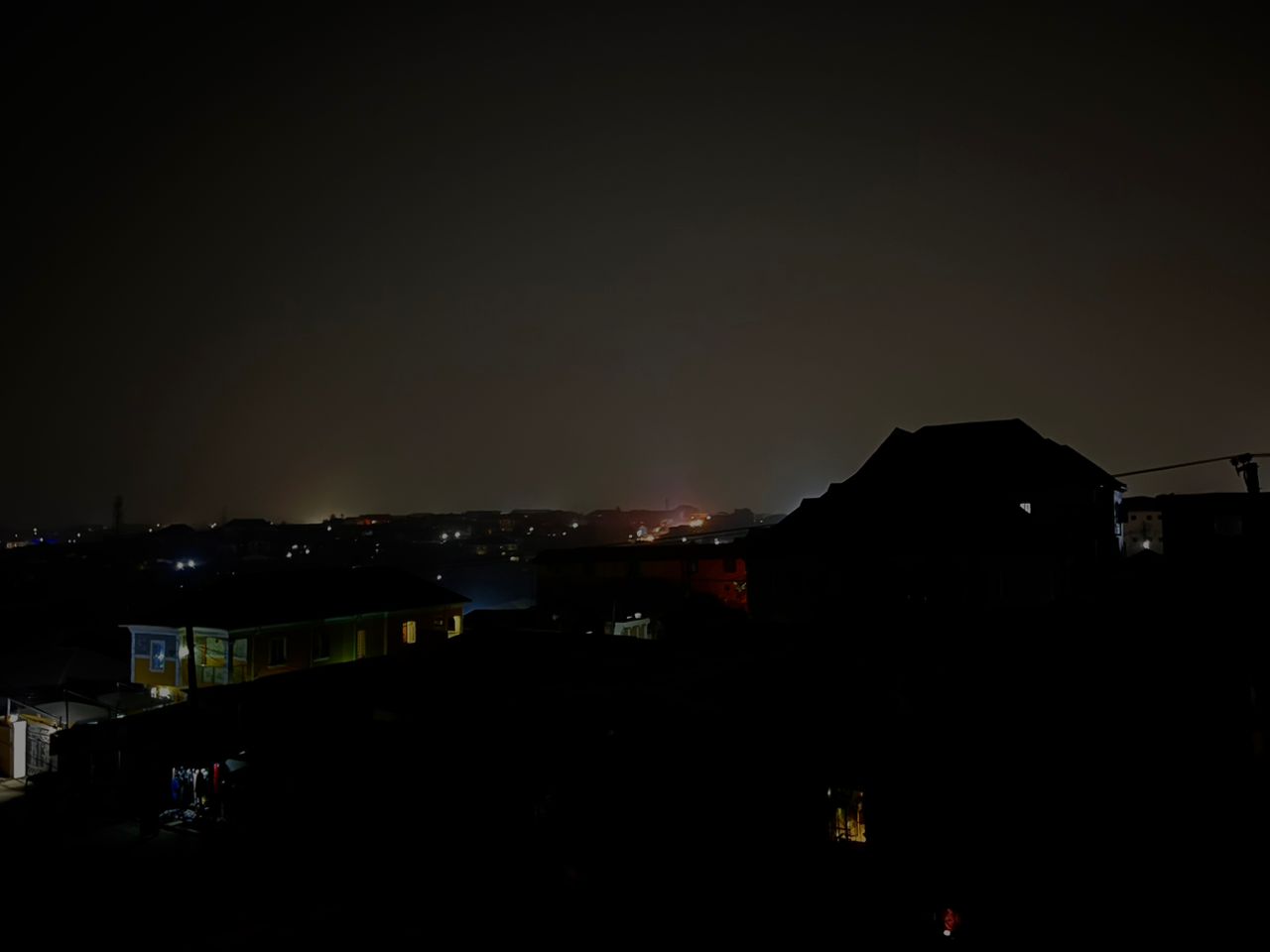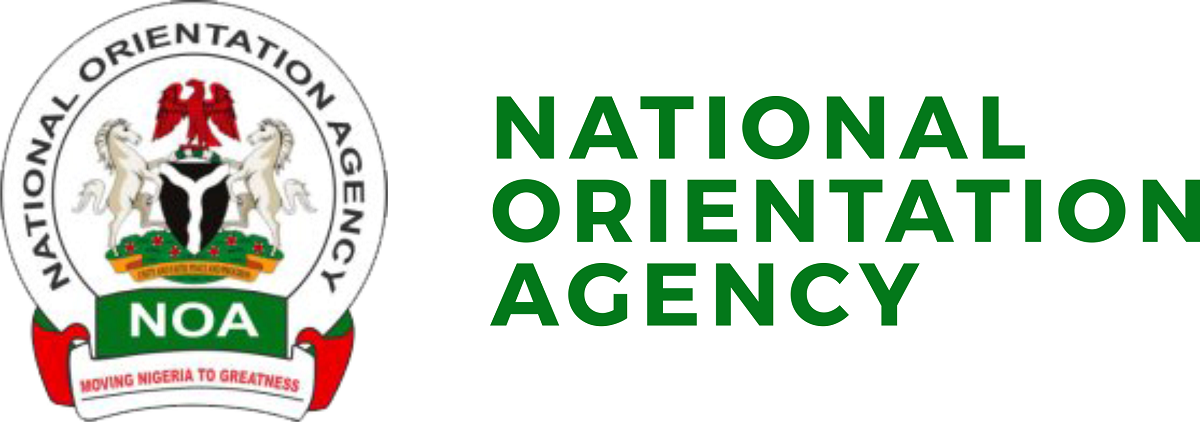Famine looms, World Bank warns Nigeria, seven others
The World Bank has said seven countries, including Nigeria, Afghanistan, Burkina Faso, Haiti, Somalia, South Sudan and Yemen are experiencing “catastrophic levels of food insecurity”, adding that this indicates the “threat of famine”.
This was revealed in the apex bank’s latest food security update, titled, ‘Food security update: World Bank Response to Rising Food Insecurity’, published on Friday.
The report also stated that the number of people experiencing crisis and worse acute food insecurity was the highest on record since the Global Report on Food Crises started in 2017.
Drawing on research from International Food Policy Research Institute and other centres, the report stressed the need for well-coordinated early warning systems and anticipatory action frameworks to prepare and organise responses before a crisis.
The report also calls on governments to maintain supportive business environments for agrifood value chains, build adaptive social protection programs that integrate gender and climate goals, repurpose agricultural support funds, and better leverage private sector funds for long-term resilience.
“In seven countries (Afghanistan, Burkina Faso, Haiti, Nigeria, Somalia, South Sudan, Yemen), some affected populations faced Catastrophic levels of food insecurity, which indicates the threat of famine and extremely critical levels of malnutrition in several areas of the countries, marking the most countries facing such extreme levels of food and nutrition insecurity in the report’s history.“The number of people experiencing a crisis or worse acute food insecurity is the highest on record since the GRFC started reporting these data in 2017, with 2022 marking the fourth consecutive year of increases in the number of acutely food-insecure people,” part of the report read.
The report also highlighted that domestic food price inflation remained high worldwide.
Information from the latest month between January 2023 and April 2023 for which food price inflation data are available shows high inflation in almost all low- and middle-income countries.
“Inflation levels greater than five per cent in 64.7 per cent of low-income countries, 83.7 per cent of lower-middle-income countries, and 89 per cent of upper-middle-income countries and many experiencing double-digit inflation. In addition, 81.8 per cent of high-income countries are experiencing high food price inflation.
“The most-affected countries are in Africa, North America, Latin America, South Asia, Europe, and Central Asia.
“On a year-on-year basis, maize and wheat prices are 17 per cent and 38 per cent lower, respectively, while rice prices are 15 per cent higher. Maize prices are 13 per cent higher than in January 2021, while wheat and rice prices are six per cent and four per cent lower, respectively,” it added.
The GRFC also revealed that 258 m people in 58 countries ‘faced crisis or worse levels of acute food insecurity in 2022’.











